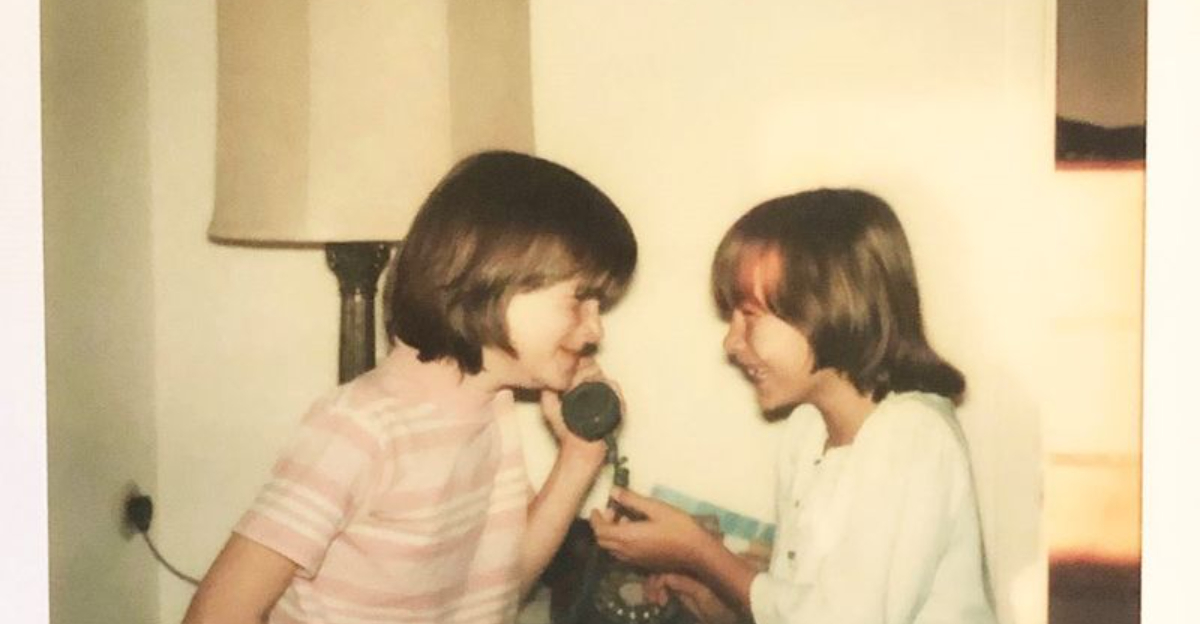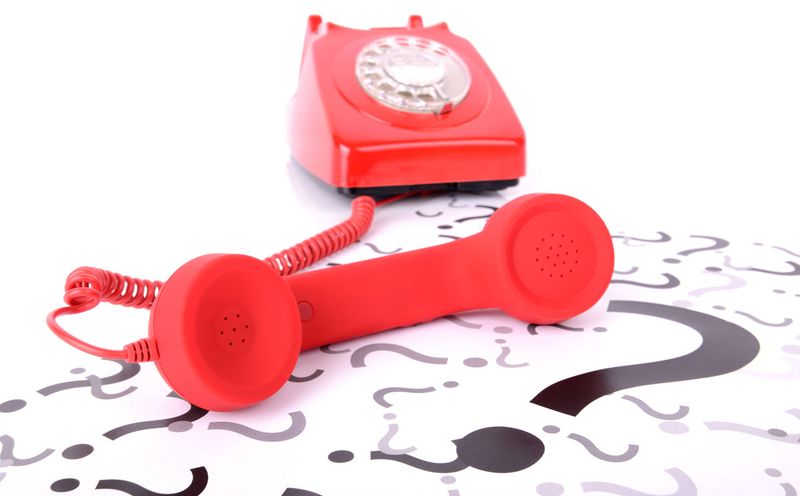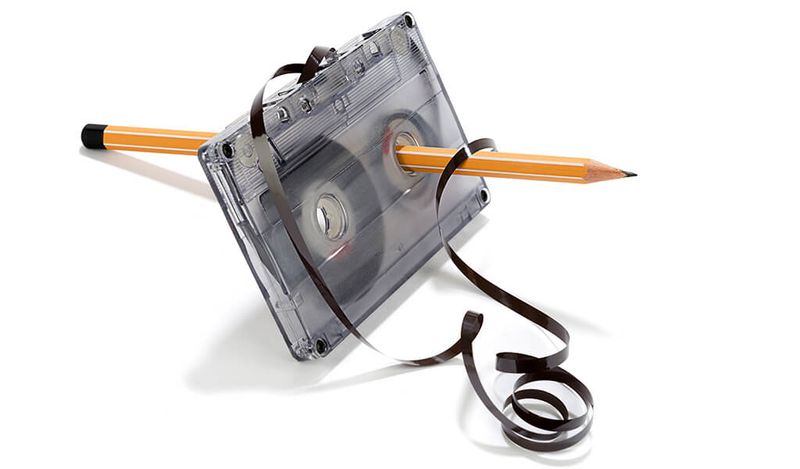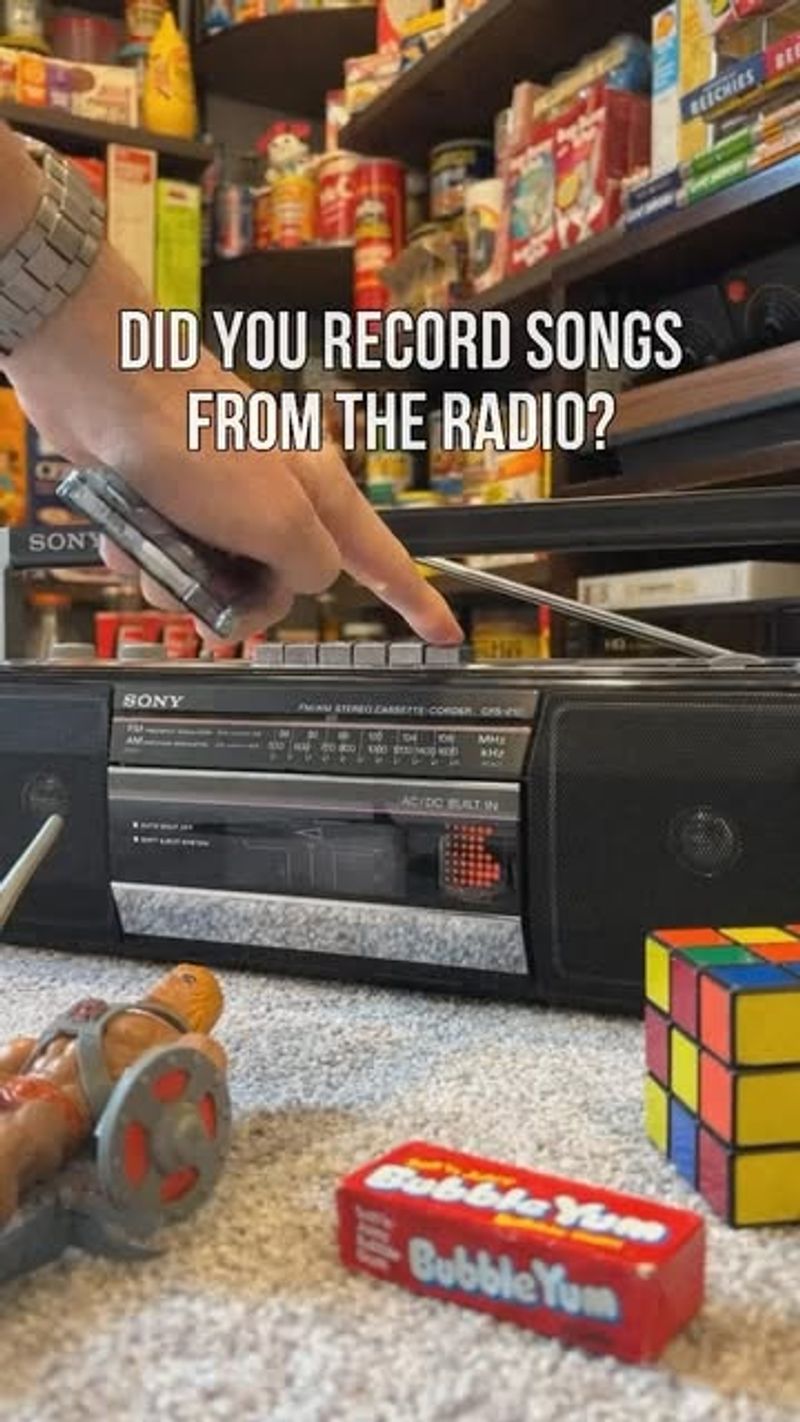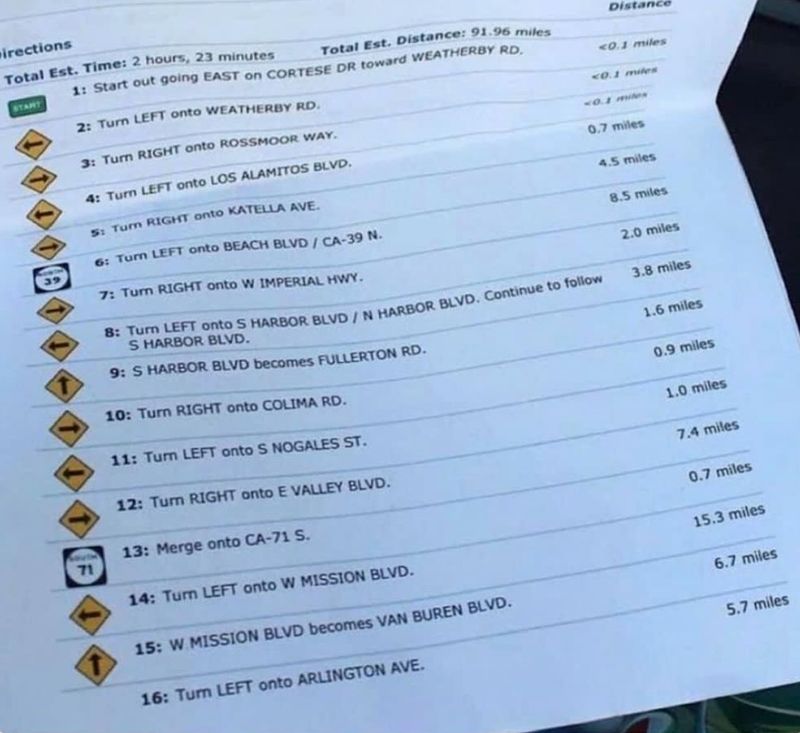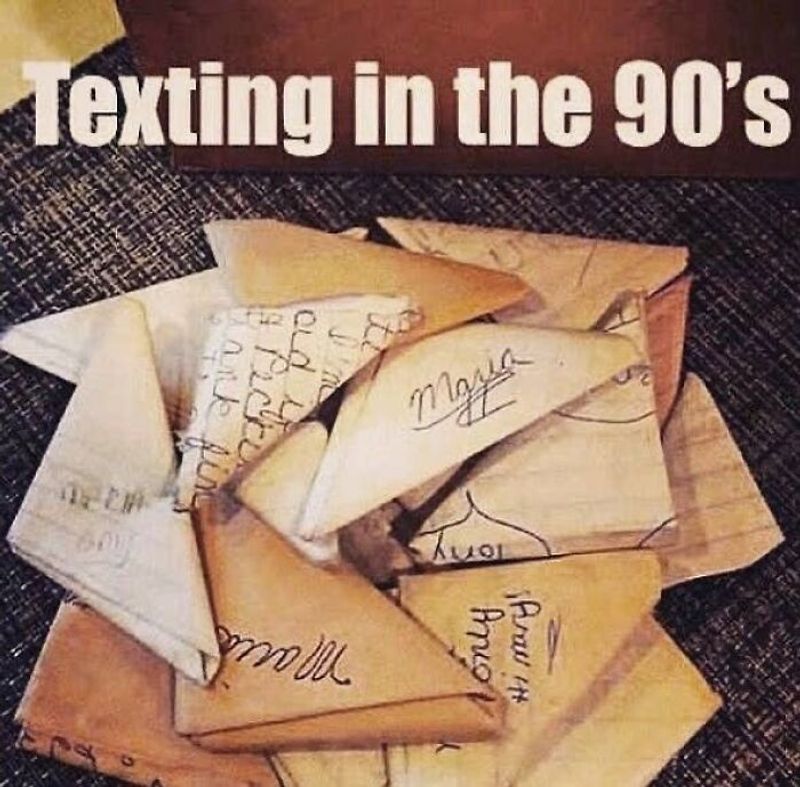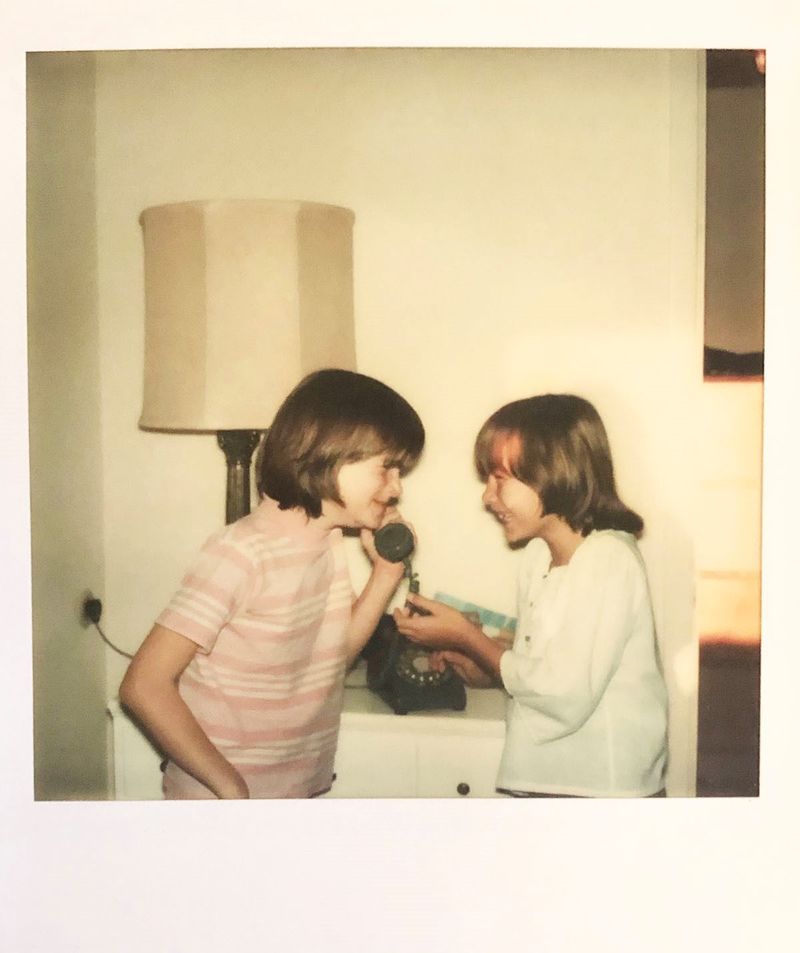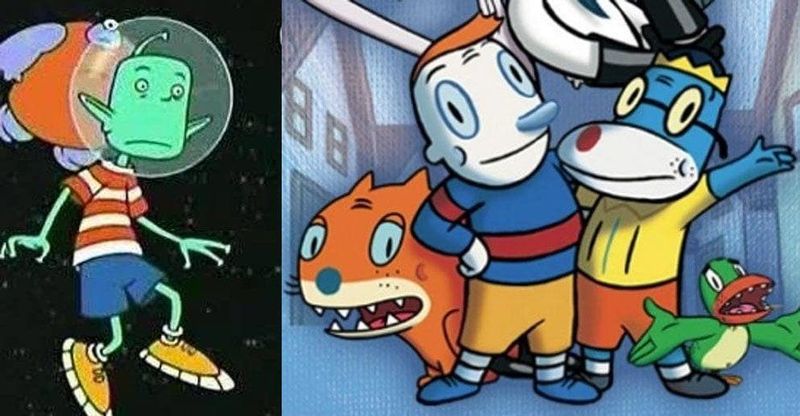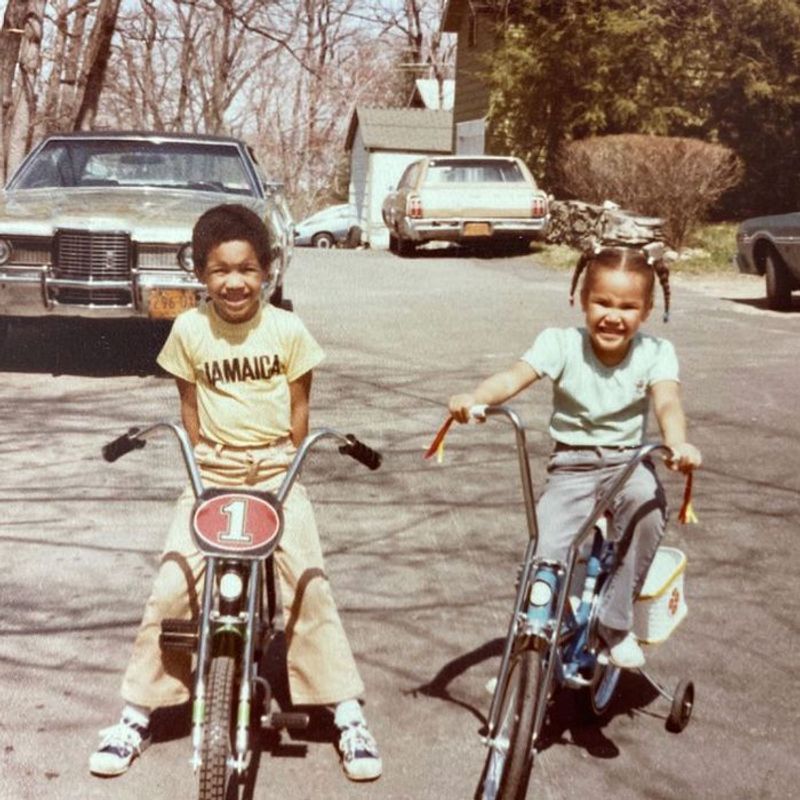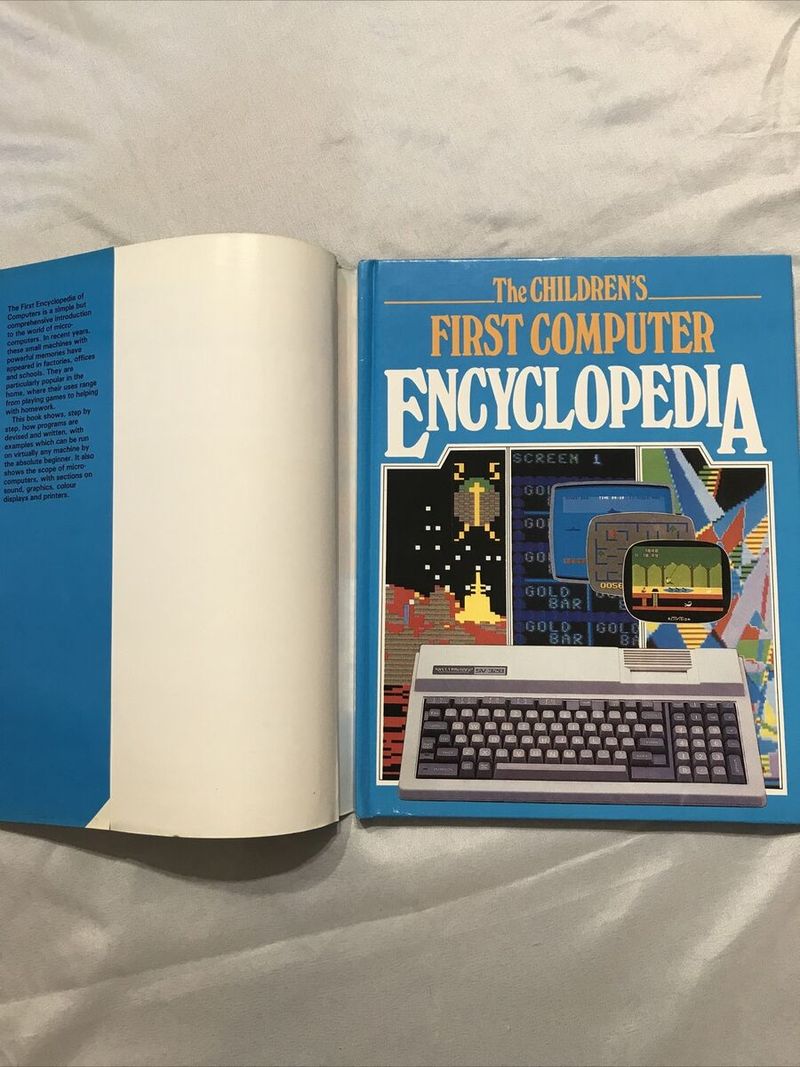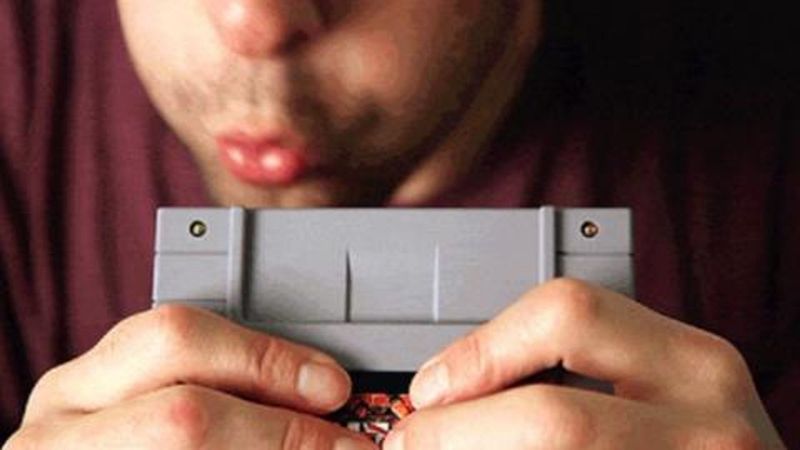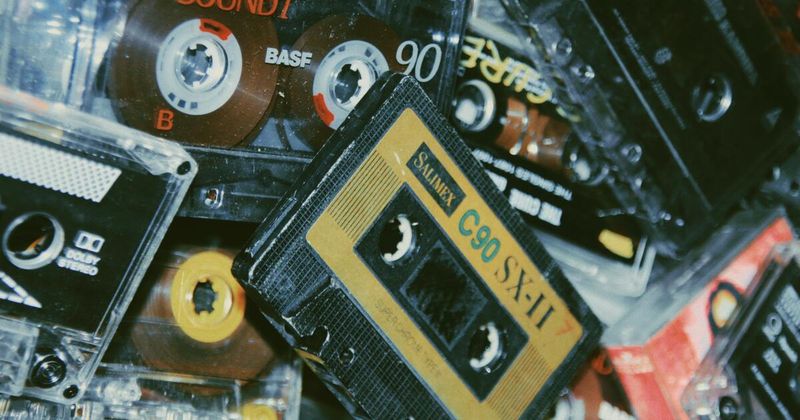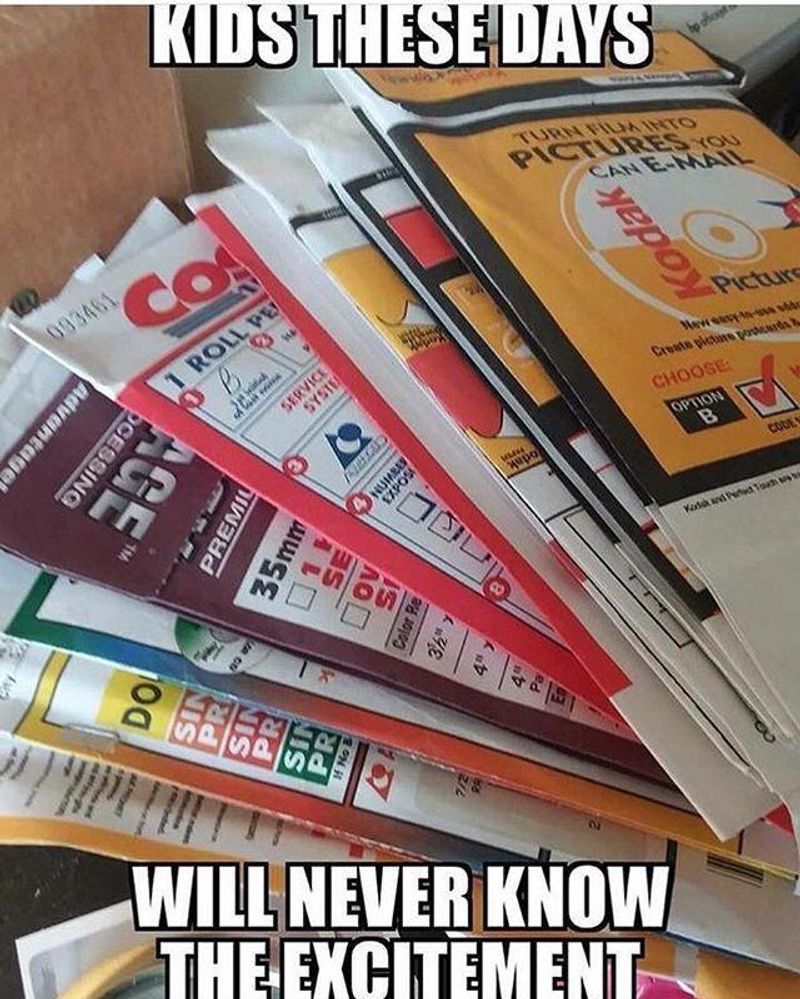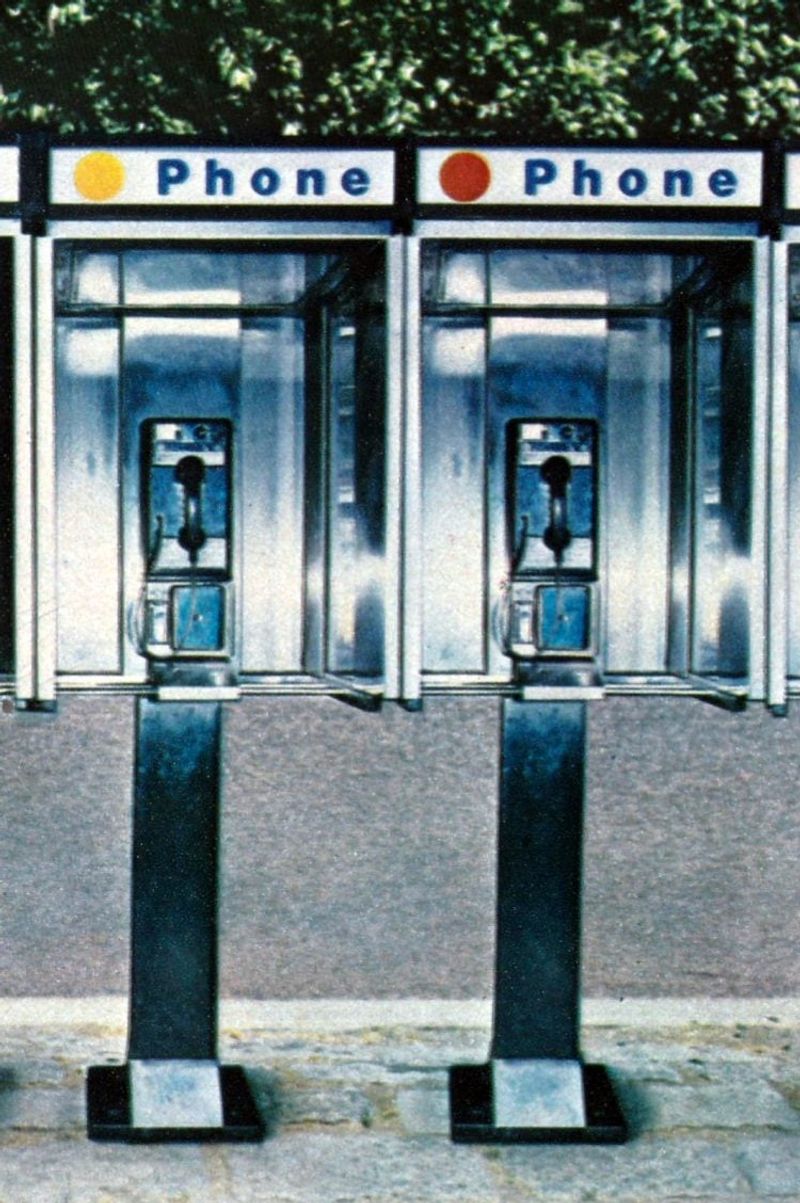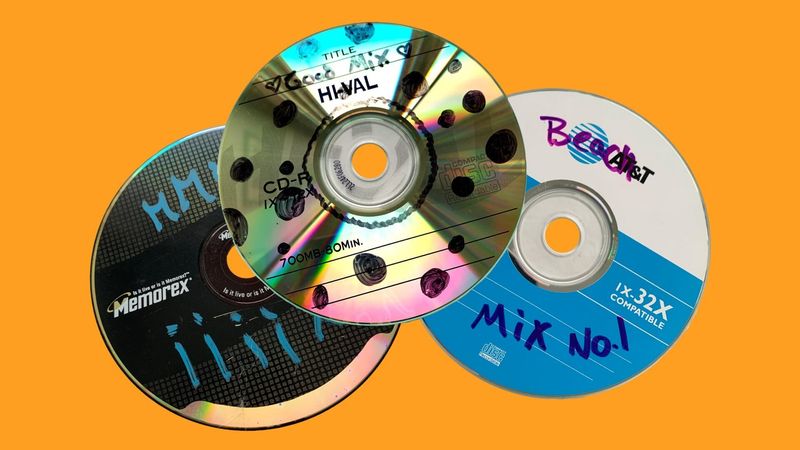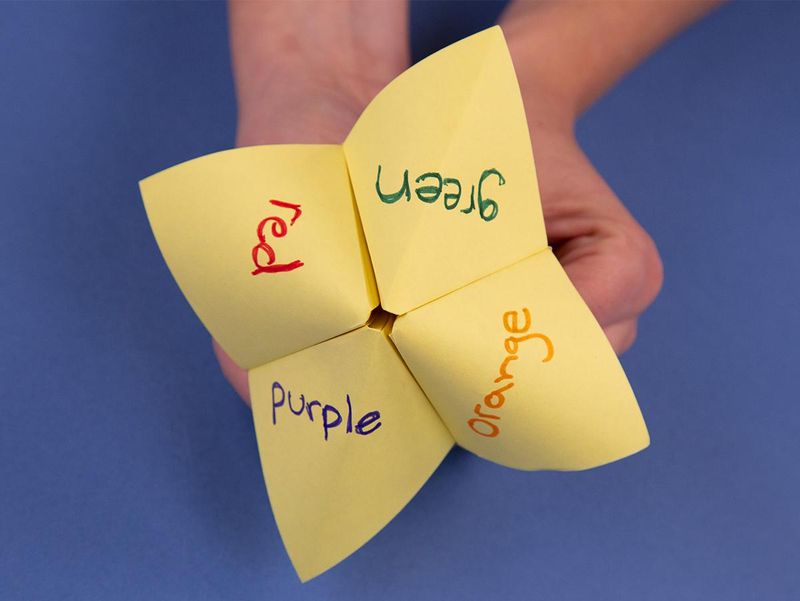In the days before smartphones and Wi-Fi became ubiquitous, kids engaged in a variety of activities that shaped their everyday adventures.
These activities not only defined their childhoods but also created lasting memories. Here’s a nostalgic look at 15 things kids used to do before the digital age took over.
1. Memorizing Phone Numbers
Remember when you could recite your best friend’s phone number without skipping a beat? Back in the day, kids memorized phone numbers as a mental exercise, often rattling them off like a list of treasures.
Without the luxury of contact apps, these numbers were stored in our minds, creating a mental Rolodex. It was a time when forgetting a number meant referencing a handwritten address book or asking a sibling if they remembered.
This knack for memorizing numbers showcased the brain’s capacity to store info in a pre-digital world.
2. Using a Pencil to Rewind a Cassette Tape
Who would have thought that a simple pencil could save the day? When your favorite cassette tape got tangled in the player, this trusty tool came to the rescue.
Kids would deftly insert the pencil into the cassette’s spool, twisting and turning to manually rewind the tape. This process was not just practical but oddly satisfying, providing a small sense of accomplishment.
It also taught patience and care, as too much force could lead to a permanently damaged tape. A small act with a big impact.
3. Recording Songs Off the Radio
The art of recording songs from the radio was a skill honed by many. Kids eagerly sat by their stereos, finger hovering over the record button, waiting for their favorite tune to play.
It required perfect timing and a bit of luck, hoping the DJ wouldn’t talk over the song’s intro. This was a time of patience and persistence, where creating a mixtape meant capturing the perfect collection of tracks.
Each tape was unique, filled with the thrill of the chase and a personal touch.
4. Printing Out MapQuest Directions
Before GPS devices became the norm, printing directions from MapQuest was a travel essential. Road trips involved carefully printed step-by-step instructions, often spanning several pages.
Kids would hold these maps in the backseat, helping navigate the journey. Missing a turn meant some frantic page-flipping or starting over.
This practice taught kids the basics of navigation and the importance of following directions. It was a family affair, with everyone relying on these printed sheets for a successful trip.
5. Passing Notes in Class
Passing notes in class added a layer of excitement to school days. Kids would craftily fold paper to conceal their secret messages and pass them without attracting a teacher’s attention.
This was a pre-texting way of communicating, filled with anticipation and stealth. Unfolding a note revealed hand-drawn hearts, jokes, or urgent questions about after-school plans.
While it risked detention if discovered, the thrill was irresistible. This practice fostered creativity and a sense of camaraderie among classmates.
6. Making Prank Calls
Prank calls were a mischievous pastime, often resulting in fits of laughter. Kids gathered around a landline, dialing numbers and giggling as they asked, “Is your refrigerator running?”
They relished in the anonymity, disguising voices and crafting elaborate scenarios. This playful activity was about camaraderie and creativity, testing boundaries while knowing when to hang up swiftly.
Though occasionally leading to stern scoldings from adults, these calls were a rite of passage, remembered fondly for their audacity and humor.
7. Watching Saturday Morning Cartoons
Saturday mornings were sacred, reserved for cartoons that filled the airwaves. Kids would wake up early, cereal bowls in hand, eager to catch their favorite animated shows.
There was no pause button or streaming; each episode was a one-time event, making punctuality essential. Missing a show meant waiting another week, building excitement and anticipation.
This ritual became a highlight of the week, creating shared cultural moments and references. Cartoons were more than entertainment; they were community events.
8. Playing Outside Until the Streetlights Came On
The outdoors was a vast playground, where kids played until the streetlights signaled it was time to return home. Games of tag, hide and seek, and touch football filled the afternoons. This freedom fostered independence, social skills, and creativity.
Kids explored their neighborhoods, forming friendships and learning life lessons without adult interference.
The transition from daylight to the warm glow of streetlights marked the end of playtime, leaving kids pleasantly exhausted and eager for the next day’s adventures.
9. Using Encyclopedias for Homework
In the days before Google, encyclopedias were the go-to source for school projects. Kids would spend hours flipping through pages, gathering information from these hefty volumes.
It was a tactile experience, involving reading, note-taking, and piecing together facts. This process required patience and attention to detail, often with a parent or sibling’s guidance.
The satisfaction of finding the right information was immense, rewarding both effort and thoroughness. Encyclopedias were more than books; they were portals to knowledge.
10. Blowing into Game Cartridges to Make Them Work
Blowing into game cartridges was a ritual believed to fix malfunctioning games. Kids would remove the cartridge, blow into the connector end, and reinsert it with hope. This process was revered like a magic spell, often shared among friends as a secret tip.
Though scientifically questionable, it became an iconic part of the gaming experience. This act of desperation expressed a deep desire to continue gaming adventures, reflecting both dedication and the playful superstitions of young gamers.
11. Making Mixtapes
Mixtapes were symbols of expression, crafted with thought and care. Teens would spend hours recording songs from CDs, cassettes, or the radio, perfecting the order to convey a message or mood.
Whether for a crush or personal enjoyment, each tape was a unique creation. This process was an art form, requiring patience and timing.
The finished product wasn’t just music; it was a statement, a reflection of identity and emotion. Mixtapes were tangible tokens of personal taste and connection.
12. Getting Film Developed
The anticipation of developing film added a layer of excitement to photography. After snapping photos, kids had to wait days to see the results, making the reveal a mini event.
Visiting the photo store was filled with anticipation and curiosity, as the contents of each print were unknown until opened. This process taught patience, with many shots turning out blurry or unexpected, creating authentic memories.
Each photo became a keepsake, capturing moments in time with genuine emotion and nostalgia.
13. Using Payphones
Payphones were lifelines before mobile phones became the norm. Kids carried quarters, ready to call home or friends from these public booths. Each call required planning, knowing the numbers by heart or scribbling them on paper.
The sound of coins clinking and the dial tone was unmistakable. Using payphones taught self-reliance and planning, as calls were often brief to preserve change.
These booths dotted street corners, serving as vital communication hubs and meeting points in the urban landscape.
14. Burning CDs
Burning CDs was a rite of passage during the digital music revolution. Teens downloaded MP3s from the internet, crafting perfect playlists to burn onto CDs. This process involved meticulous song selection, cover design, and labeling.
The resulting mix was a personal statement, shared among friends or used for parties. Burning CDs was more than a tech skill; it was a creative expression.
Each disc reflected individual taste, offering a portable soundtrack for life’s moments and becoming a cherished possession.
15. Playing with Paper Fortune Tellers and MASH
Paper fortune tellers and MASH games brought imagination to life. Kids crafted these from simple paper, predicting futures with whimsical results. Who would you marry? Where would you live?
Each game was filled with laughter and anticipation, a blend of creativity and chance. These low-tech games required nothing more than paper and pen, highlighting the joy of simplicity.
They fostered social interaction, sparking conversations and connections. Fortune tellers were more than games; they were conduits for dreams and friendships.
